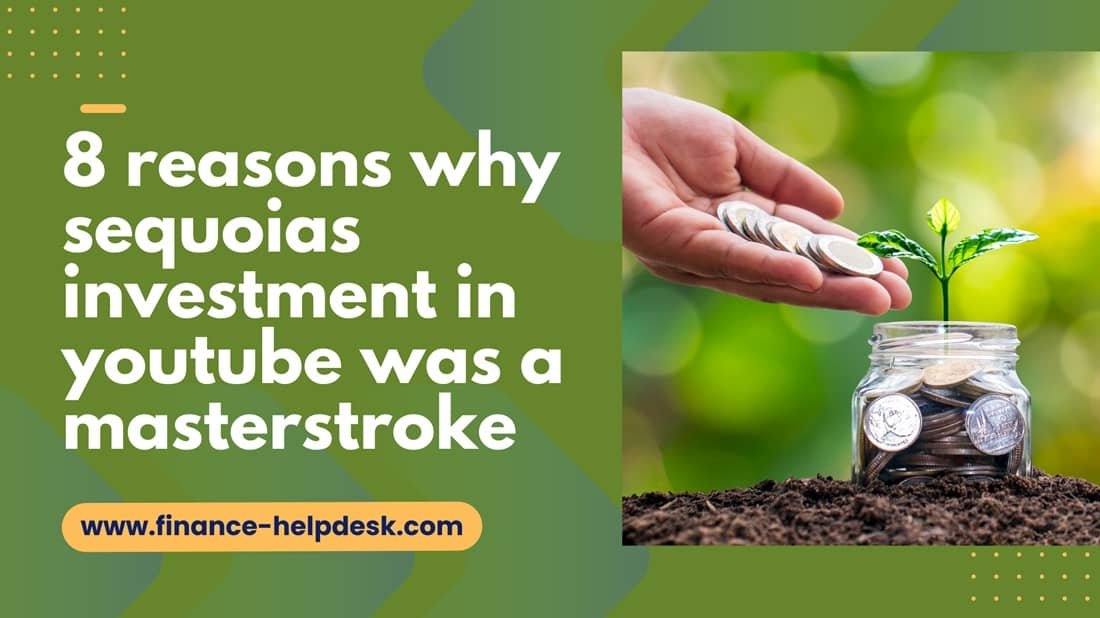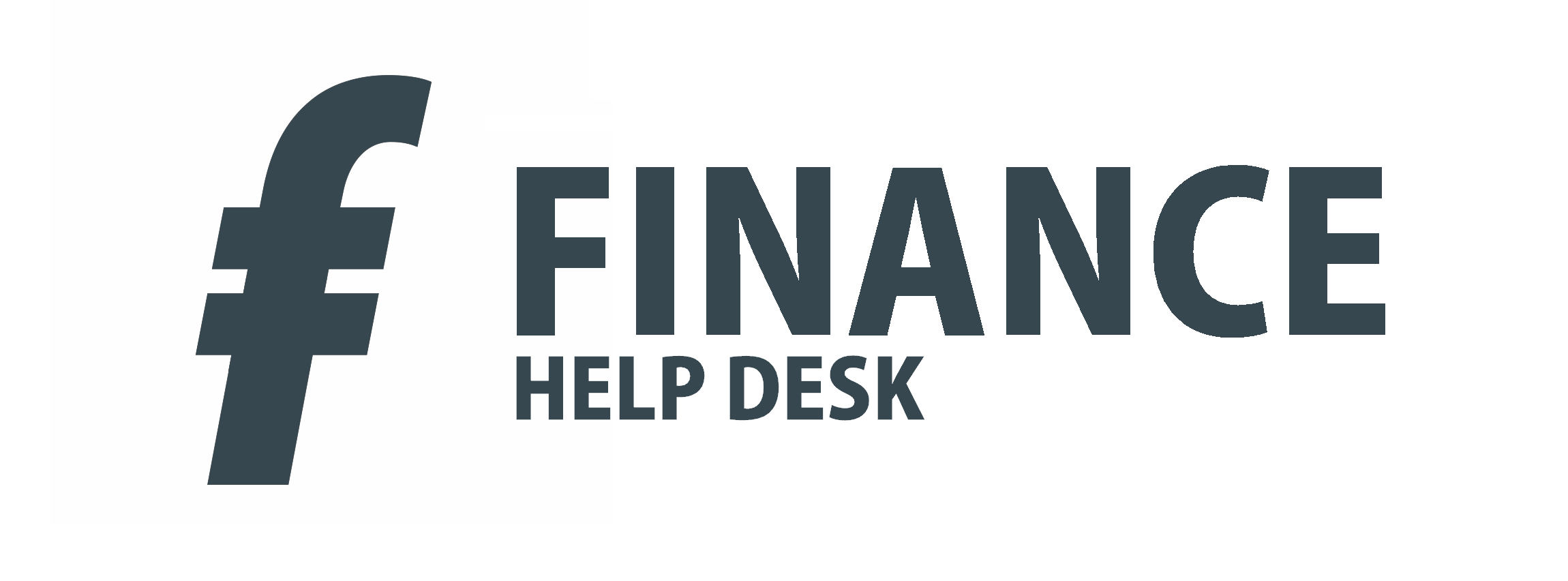In the world of venture capital some investments are game changers that redefine industries. Sequoia’s $11.5m investment in YouTube in 2005 is one of them. Today YouTube is the 2nd most visited website in the world but back then it was a bet on an unproven model. For finance students studying case studies and looking for finance assignment help, this is a great case study to learn about venture capital, market timing and strategic exits.

Let’s break down 8 reasons why Sequoia’s investment in YouTube was a genius move and what finance students can learn from it.
1. Being the First to See the Potential of User-Generated Video Content
In 2005 the internet was text and image based. Broadband adoption was rising but video streaming was not yet mainstream. Sequoia Capital saw the untapped potential of user generated video content. Traditional media companies were focused on professional content. YouTube’s revolutionary idea was to let anyone upload and share videos. Sequoia saw the future and invested in what would become the video platform. This is a lesson in seeing the trends before everyone else for finance students studying venture capital and investment strategy.
2. Investing in a Strong and Experienced Founding Team
The strength of a startup’s founding team is a key consideration in investment decisions. YouTube’s founders Chad Hurley, Steve Chen and Jawed Karim were ex-PayPal employees and already had experience in building and scaling internet businesses. Sequoia had invested in PayPal and knew these founders firsthand. Knowing the team’s credibility and execution ability was key to taking an early stage risk. For finance students looking for finance assignment help, this is a lesson in evaluating leadership in investment decisions.
3. Seeing Product-Market Fit Early
At its heart YouTube was an incredibly simple product. Unlike its competitors it had effortless video uploads, embedding and sharing. Sequoia’s partner Roelof Botha personally tested the platform by uploading a video and instantly saw the usability and potential for mass adoption. This is a key lesson for finance students. A well placed investment requires not just financial analysis but an intimate understanding of whether the product meets a big market need.
4. Taking a Calculated Risk with Legal Uncertainties
One of the biggest risks for YouTube was copyright infringement. Since users could upload any video there was a risk of legal battles. Most investors saw this as a deal breaker but Sequoia saw that either YouTube would build content partnerships or be acquired before legal risks got out of hand. Google’s acquisition in 2006 proved this thesis. For students learning investment management, this is how understanding regulatory risks and solutions can shape big investment decisions.
5. Riding the Wave of Broadband Expansion and Online Video Growth
A successful investment is often about timing. YouTube launched at the perfect moment when broadband internet was becoming widely accessible. Faster internet speeds made online video consumption practical, and YouTube capitalized on this wave. Sequoia’s ability to recognize macroeconomic trends and invest accordingly is a lesson in strategic timing. Aspiring finance professionals can apply this principle when analyzing investment opportunities in emerging industries.
6. Growth over Profitability
Because at the time of Sequoia’s investment YouTube lacked a clear revenue strategy. It operated at a loss, relying on venture funding to grow its user base. Many traditional investors would have balked at this. However, Sequoia understood that if YouTube became the dominant platform for online video, monetization would follow. That ambitious vision bore fruit when Google bought YouTube for $1.65 billion, with huge value creation. For finance students in need of help in finance projects, this case also demonstrates the need to balance user growth with short-term profits considerations when investing in tech.
7. Network Effects and Viral Growth
One of the main advantages of YouTube was its feature to go viral. Users shared videos using MySpace, blogs, and email, leading to the exponential growth of new users. Sequoia was aware of the power of networking, an effect where the value of the platform increased with each new user. Funding ventures with compelling network effects is a fundamental concept in venture capital, providing an important curriculum lesson for business school students on the dynamics of digital platforms’ growth.
8. Timing the Exit
Sequoia didn’t just invest well, they exited at the right time. In November 2006, Google acquired YouTube and Sequoia made a huge return in just 18 months. The key take away? Knowing when to exit is as important as knowing when to invest. Finance students studying case studies can learn from Sequoia’s disciplined approach to venture investing to get optimal returns while minimizing risk.
Conclusion: What Finance Students Can Learn
Sequoia’s investment in YouTube is a classic example of visionary investing, risk taking and timing. For students looking for help with finance assignments, this case study is a real life example of how venture capitalists evaluate startups, manage risk and get big returns. Whether it’s startup investing or broader financial strategy, understanding cases like YouTube will help you make better investment decisions in the future.
For more insights and case study help, students can check out expert resources to learn more about financial decision making in venture capital. With the right approach, studying Sequoia’s bet on YouTube can be a lesson that goes beyond the classroom.
